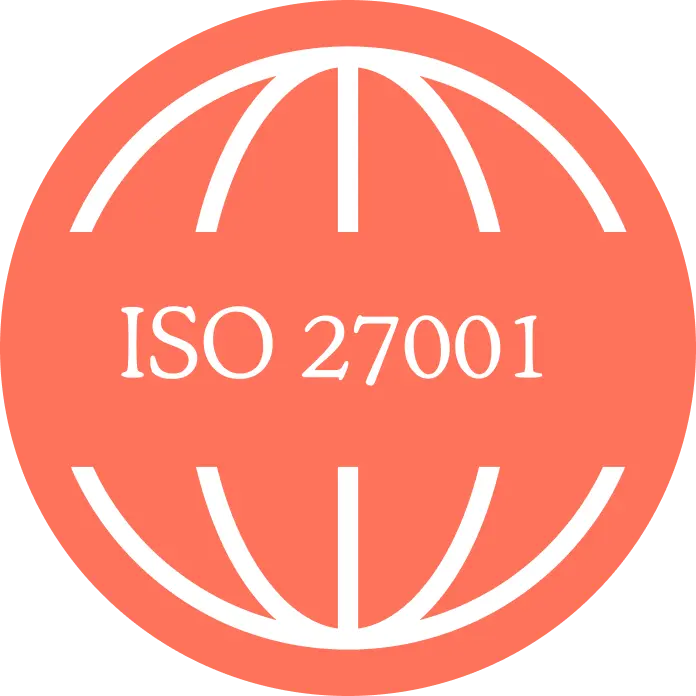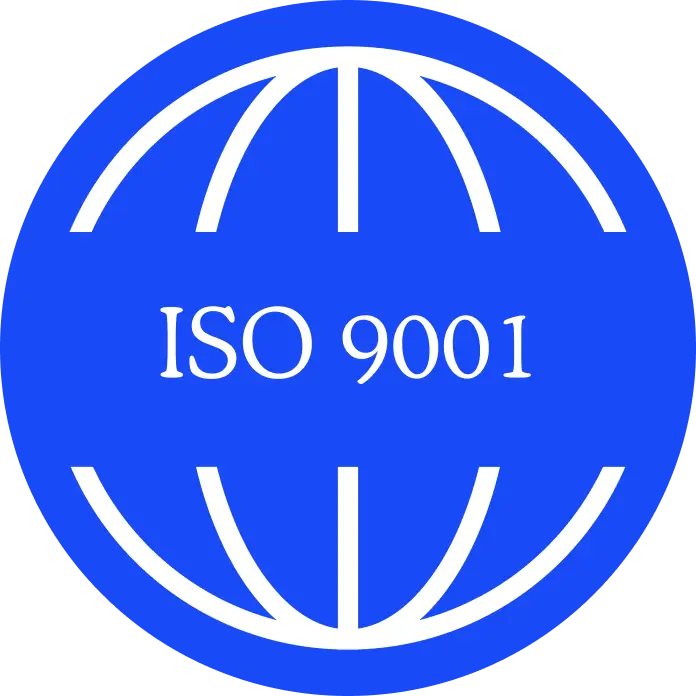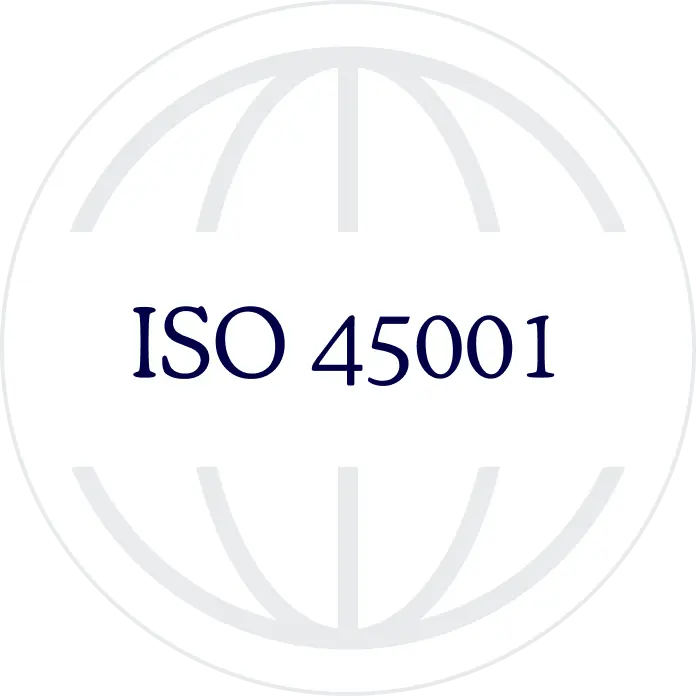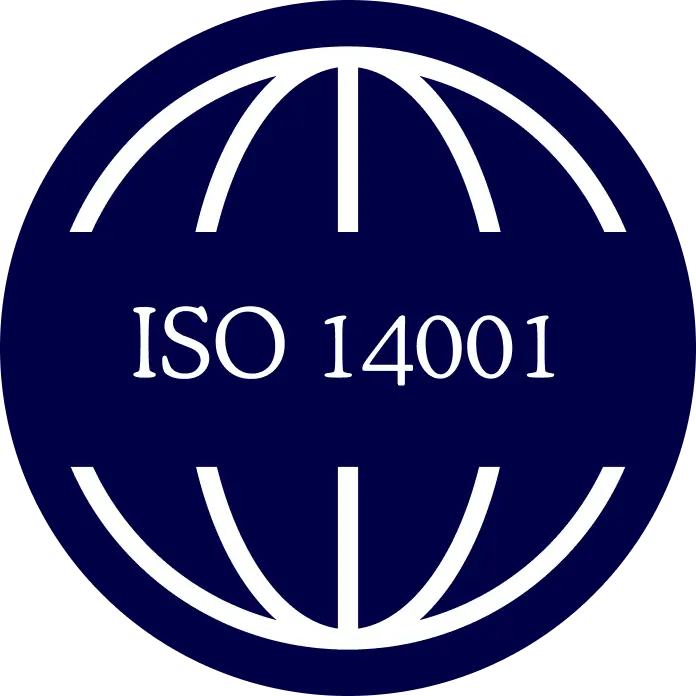Talk to one of our ISO Consultants on 020 3018 0026
The Knowledge Centre
Unlock Your Business Potential
Finding your way through the ISO maze can be confusing. If you are at the start of your journey have a look at our guides for ISO 9001, ISO 14001, ISO 27001 and ISO 45001 for a comprehensive but common-sense explanation of the requirements.
Implementation Guides
Latest Articles

World Quality Week 2024!
10 November 2024Read more

Chris Passmore of 2SB with the F E Burman team
25 September 2024Read more

It’s 2SB’s 18th anniversary!
01 August 2024Read more

Earth Day 2024
22 April 2024Read more

Lick using FSC® to strengthen eco-friendly range
29 January 2024Read more

2SB supports local charity Dandelion Time
29 November 2023Read more



